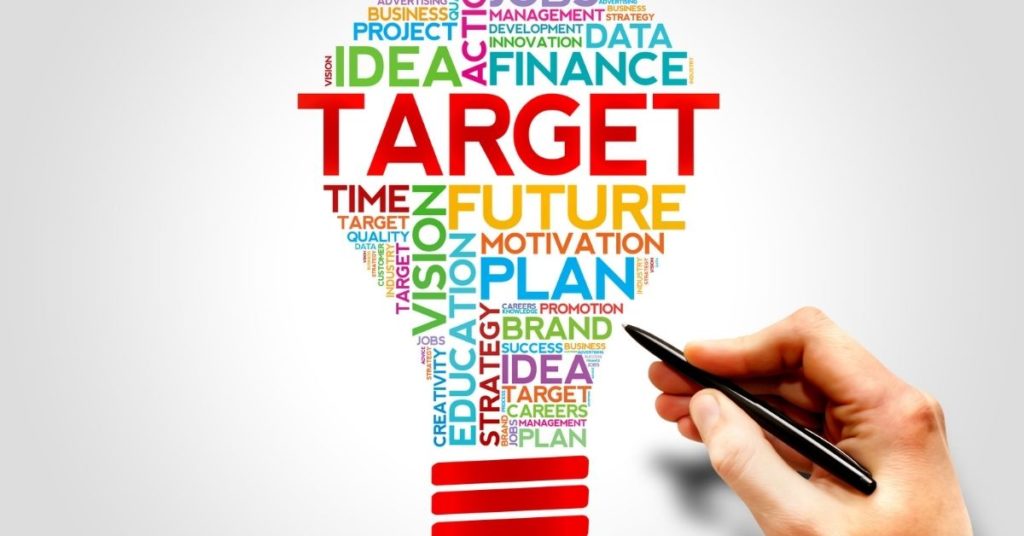There are many factors to consider when starting a custom Android development project. Find out what those factors are and how they can help you.
Continue readingHardware Projects: You Are Not Alone!
Need help developing a prototype for your custom hardware? Take a look at our list of some of the best partners who can assist you with prototyping and more.
Continue readingHitting the Target

Once the development process starts there is limited flexibility for change because most changes require back tracking. Back tracking not only loses time, but often also ends up adding cost and demotivating the people involved with the development process. If a product concept isn’t fully defined it’s best to do very simple prototypes or renderings to help finalize the product concept before going into the formal development process.
Before starting any product development project it’s important to clearly define: 1) how the product looks (casing); 2) how the product works (firmware); 3) what hardware the product uses (components). These definitions are the final goals for the project, but setting smaller goals can help provide direction along the way to arrive at the final destination.
Why is it important to set goals? If nothing else goals act as a series of checkpoints to work towards that create direction and can be a means of measuring the progress of the project. More than anything though, goals help to constantly track, monitor and optimize your operations. The rewards of having focus driven by goal setting is invaluable to companies trying to bring a product to market within a limited amount of time. The benefits of doing this include reduced cost, quicker development, and better control over the product development process.
“Winners make a habit of manufacturing their own positive expectations in advance of the event.”
Brian Tracy
(Motivational speaker)


